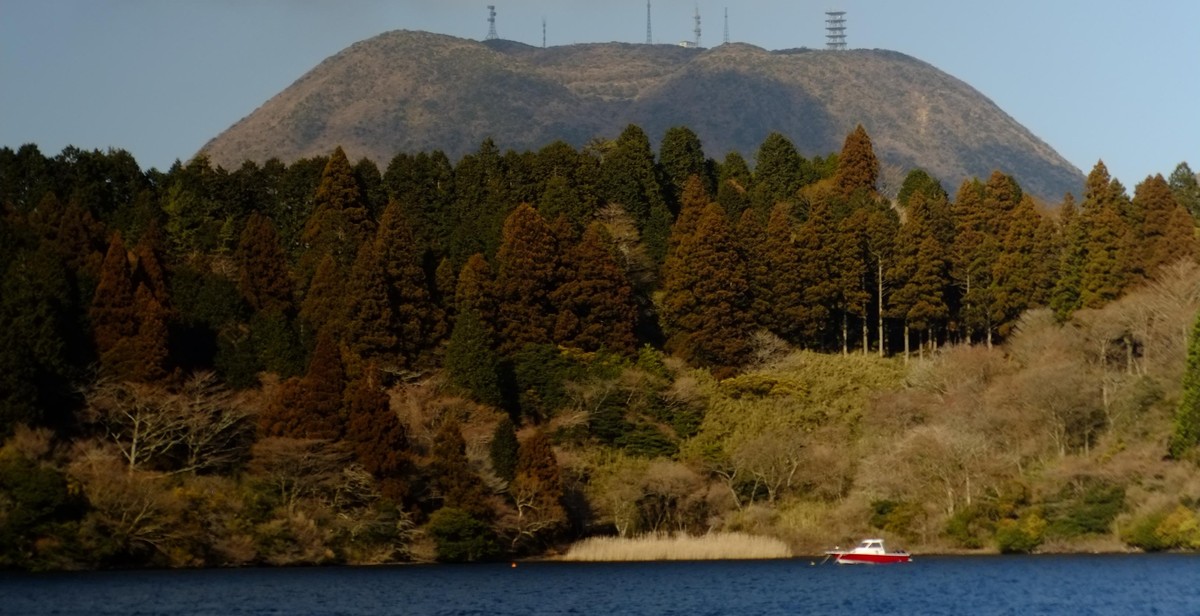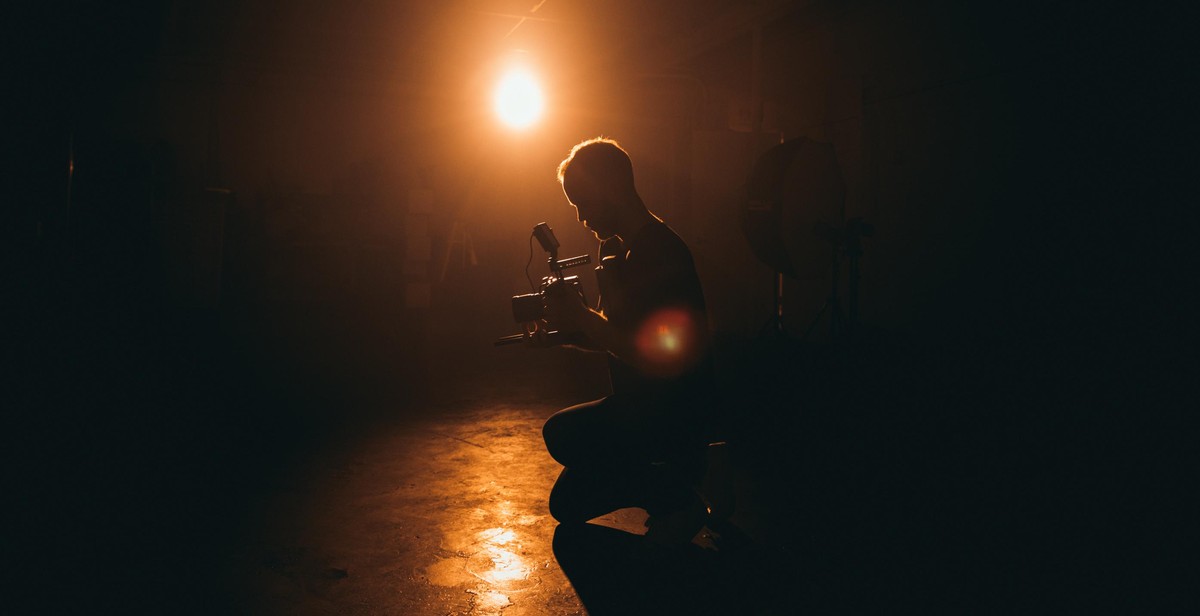How to Photograph Volcanoes: Tips for Capturing Stunning Images of Volcanic Landscapes
Volcanic landscapes are one of the most breathtaking and awe-inspiring natural wonders on the planet. From the towering peaks of active volcanoes to the rugged lava fields that surround them, there’s no shortage of stunning scenery to capture with your camera.
But photographing volcanoes can be a challenging and potentially dangerous endeavor. From unpredictable weather conditions to the risk of volcanic activity, there are many factors to consider before embarking on a volcanic photography expedition.
Personal Experience
As a professional photographer with over a decade of experience, I’ve had the opportunity to photograph some of the world’s most stunning volcanic landscapes. From the volcanic peaks of Hawaii to the rugged lava fields of Iceland, I’ve learned firsthand the challenges and rewards of capturing stunning images of these natural wonders.
In this article, I’ll share my top tips and techniques for photographing volcanoes safely and effectively. Whether you’re a seasoned pro or a beginner photographer, these tips will help you capture stunning images of volcanic landscapes that will take your breath away.
What You’ll Learn
- The best equipment for photographing volcanoes
- How to plan and prepare for a volcanic photography expedition
- Techniques for capturing stunning images of volcanic landscapes
- Safety tips for photographing volcanoes

Understanding Volcanic Landscapes
Volcanic landscapes are some of the most fascinating natural wonders on earth. They are formed by the eruption of molten rock, ash, and other materials from the earth’s crust. Volcanoes can be classified into three main types:
1. Shield Volcanoes
Shield volcanoes are the largest and most common type of volcano. They have a broad, gently sloping cone that is built up over time by repeated eruptions of lava. These volcanoes are found mainly in Hawaii and Iceland.
2. Stratovolcanoes
Stratovolcanoes, also known as composite volcanoes, are tall, steep-sided cones that are built up by alternating layers of lava and ash. They are the most explosive type of volcano and are found in the Pacific Ring of Fire.
3. Cinder Cones
Cinder cones are the smallest and simplest type of volcano. They are formed by the eruption of pyroclastic material, such as ash and cinders, which pile up around the volcanic vent. Cinder cones are found all over the world, but are most common in the western United States.
Volcanic landscapes are characterized by a variety of features, including:
- Craters
- Calderas
- Lava flows
- Pyroclastic deposits
- Hot springs and geysers
Each volcano has its own unique landscape, depending on its type, location, and history of eruption. Some volcanic landscapes are barren and desolate, while others are lush and green. Volcanic landscapes can also be dangerous, as eruptions can cause widespread destruction and loss of life.
| Type of Volcano | Characteristics | Examples |
|---|---|---|
| Shield Volcano | Broad, gently sloping cone; frequent lava flows | Mauna Loa, Hawaii; Eyjafjallajökull, Iceland |
| Stratovolcano | Tall, steep-sided cone; explosive eruptions | Mt. Fuji, Japan; Mt. St. Helens, USA |
| Cinder Cone | Small, simple cone; pyroclastic eruptions | Paricutin, Mexico; Sunset Crater, USA |
Understanding the different types of volcanoes and their unique characteristics is essential for capturing stunning images of volcanic landscapes. By knowing what to look for, you can create photographs that not only showcase the beauty of these natural wonders, but also convey their power and majesty.

Essential Gear for Photographing Volcanoes
Camera and Lens
When it comes to photographing volcanoes, having the right camera and lens can make a huge difference in the quality of your images. A camera with manual controls, such as aperture and shutter speed, is essential for capturing the varying light conditions of volcanic landscapes. A DSLR or mirrorless camera is recommended, as they offer interchangeable lenses and high-quality image sensors.
The lens you choose will depend on the type of shots you want to capture. A wide-angle lens is ideal for capturing expansive views of the volcanic landscape, while a telephoto lens can be used to zoom in on specific features, such as lava flows or steam vents. A versatile zoom lens can also be a good option for capturing a range of shots.
Tripod and Filters
A sturdy tripod is a must-have accessory for photographing volcanoes, as it allows you to keep your camera steady and capture long-exposure shots. Look for a tripod that is lightweight and easy to carry, as you may need to hike to different locations to get the best shots.
Filters can also be useful for photographing volcanoes. A polarizing filter can help reduce glare and enhance the colors of the landscape, while a neutral density filter can be used to slow down the shutter speed and create a sense of motion in flowing lava or steam clouds.
Clothing and Accessories
When photographing volcanoes, it’s important to dress appropriately for the conditions. Wear sturdy, comfortable shoes with good traction, as you may need to hike over rough terrain. Dress in layers, as the temperature can vary significantly in volcanic areas. A hat and sunglasses can also be helpful for protecting your eyes and face from the sun.
Other useful accessories for photographing volcanoes include a backpack to carry your gear, a flashlight or headlamp for early morning or late evening shoots, and a rain cover for your camera in case of sudden rain or steam eruptions.

Preparing for Your Volcano Photography Expedition
Are you planning to capture stunning images of volcanic landscapes? Volcanoes are one of the most fascinating natural wonders, and photographing them can be a thrilling experience. However, it requires careful planning and preparation to ensure a successful and safe trip. Here are some essential tips for preparing for your volcano photography expedition:
Research the Volcano
Before you set out on your photography expedition, it is essential to research the volcano you are planning to photograph. You need to know the location, altitude, and accessibility of the volcano. Find out if there are any restrictions or permits required to visit the area. Research the history of the volcano to understand its behavior and eruption patterns. This information will help you plan your route and determine the best time to visit.
Check Weather Conditions
Weather conditions can have a significant impact on your volcano photography expedition. Check the weather forecast before you embark on your trip. Keep in mind that volcanic landscapes can be unpredictable, and weather conditions can change rapidly. Make sure to pack appropriate clothing and equipment for the weather conditions you may encounter.
Plan Your Route
Planning your route is essential for a successful volcano photography expedition. Use maps and online resources to plan your route and identify the best vantage points for your photographs. Take into account the accessibility of the area, the safety of the terrain, and the distance between locations. Consider the time of day and the direction of the sun to determine the best lighting conditions for your photographs.
- Research the volcano
- Check weather conditions
- Plan your route
By following these tips, you can prepare for your volcano photography expedition and capture stunning images of volcanic landscapes.

Tips for Capturing Stunning Images of Volcanic Landscapes
As a professional photographer, I have had the opportunity to capture some of the most stunning volcanic landscapes in the world. Here are some tips that I have learned over the years that can help you to take amazing photos of volcanoes:
Shoot During Golden Hour
The golden hour, which is the period shortly after sunrise or before sunset, is the best time to take photos of volcanic landscapes. The soft, warm light during this time can create a dramatic effect on the landscape and make the colors of the volcanic rocks pop. This is also a great time to capture long shadows and silhouettes against the sky.
Use a Wide-Angle Lens
A wide-angle lens can help you to capture the vastness of the volcanic landscape. It can also help you to create a sense of depth in your photos. I recommend using a lens with a focal length of 14-24mm for the best results.
Experiment with Shutter Speeds
Experimenting with shutter speeds can help you to create different effects in your photos. For example, using a slow shutter speed can create a sense of motion in the clouds or water. On the other hand, using a fast shutter speed can freeze the action and capture the details of the volcanic rocks.
Create Depth with Foreground Elements
Adding foreground elements to your photos can help to create a sense of depth and scale in your images. You can use rocks, plants, or even people to add interest to your photos and create a sense of scale. This can also help to lead the viewer’s eye into the photo.
Capture the Volcano in Different Seasons
Finally, try to capture the volcano in different seasons. The changing seasons can create different moods and colors in the landscape. For example, the fall colors can create a warm and inviting atmosphere, while the winter snow can create a dramatic and cold feeling.
- Shoot during golden hour
- Use a wide-angle lens
- Experiment with shutter speeds
- Create depth with foreground elements
- Capture the volcano in different seasons

Staying Safe While Photographing Volcanoes
Photographing volcanoes can be an exciting and rewarding experience, but it’s important to remember that these natural wonders can also be dangerous. Here are some tips to help you stay safe while capturing stunning images of volcanic landscapes:
Be Aware of Hazards
Volcanoes can produce a range of hazards, including lava flows, ash clouds, and toxic gases. It’s important to research the specific hazards associated with the volcano you plan to photograph and take appropriate precautions. For example, if the volcano is known to produce ash clouds, you may need to wear a mask to protect your lungs.
Stay Alert to Changes in the Volcano’s Activity
Volcanoes are unpredictable and can change rapidly. Keep an eye out for signs of increased activity, such as steam vents or rumbling sounds. If you notice any changes, move to a safe location immediately.
Follow Park Rules and Regulations
Many volcanic landscapes are protected by national parks or other government agencies. It’s important to follow the rules and regulations set forth by these organizations to ensure your safety and the safety of others. For example, you may be required to stay on designated trails or avoid certain areas altogether.
Remember, safety should always be your top priority when photographing volcanoes. By being aware of hazards, staying alert to changes in the volcano’s activity, and following park rules and regulations, you can capture stunning images while minimizing your risk.
